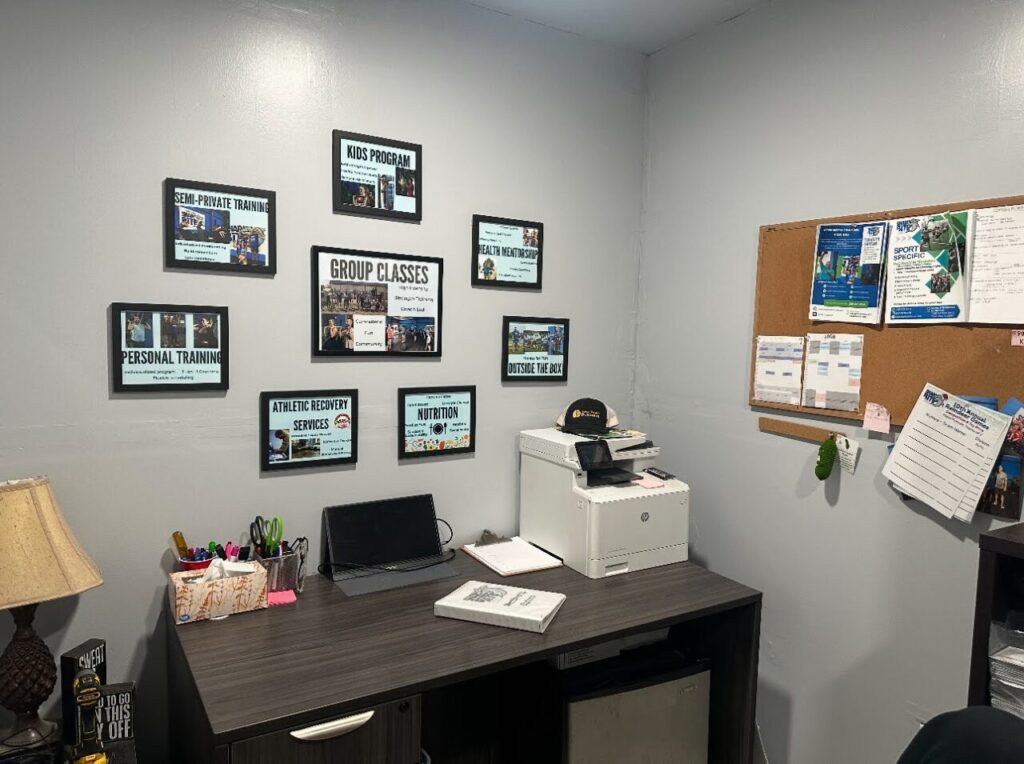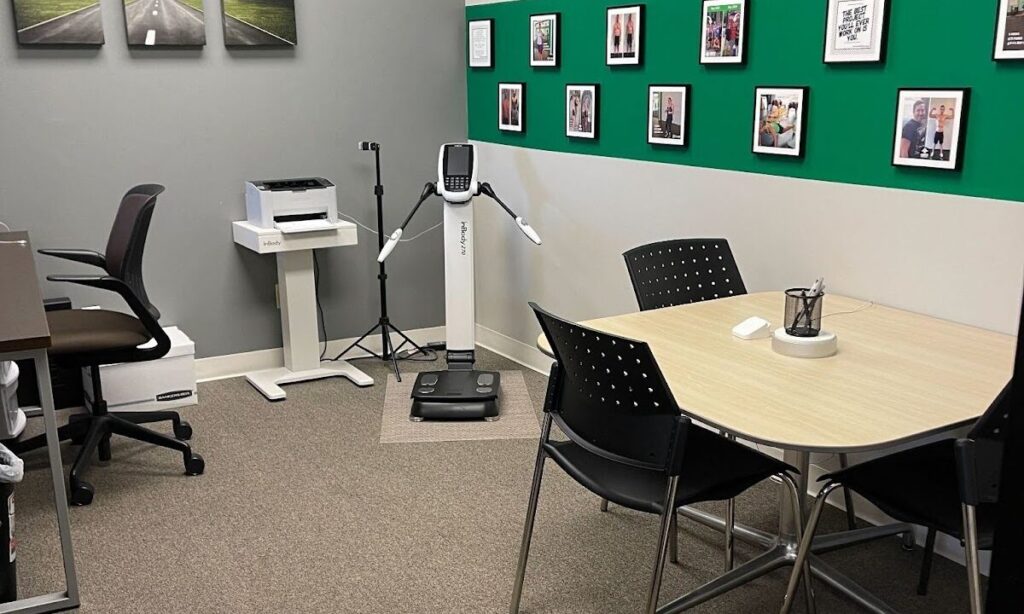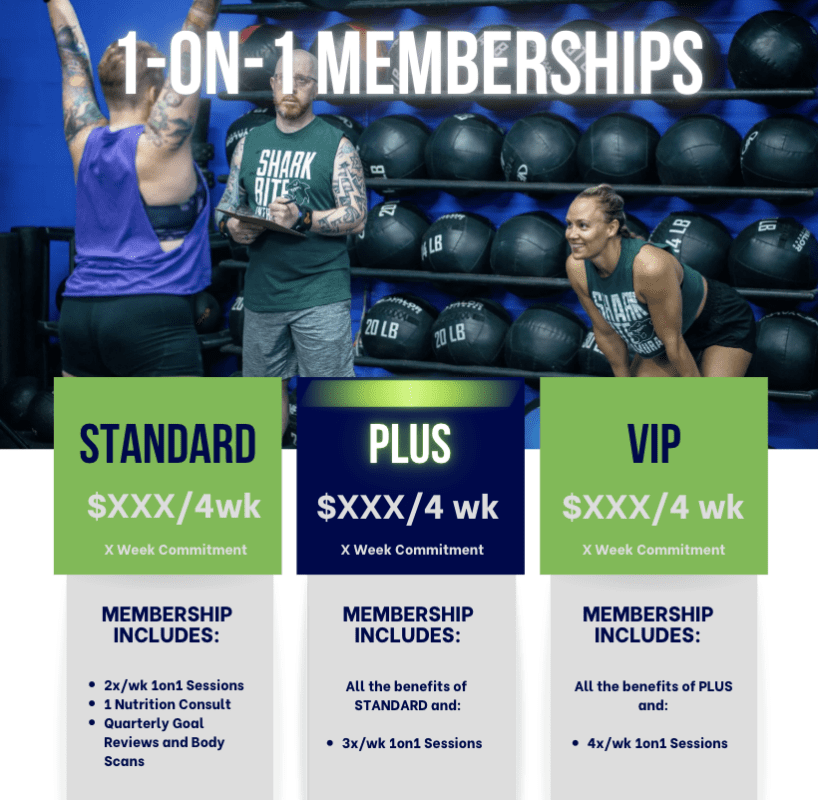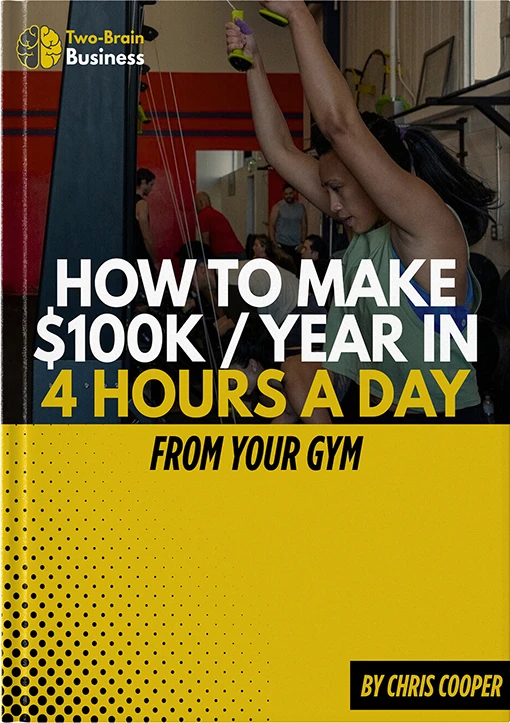By John Franklin, Two-Brain chief marketing officer
For most gym owners, the word “sales” conjures images of a shady used-car salesperson—slicked-back hair, questionable ethics and enough cologne to choke a horse.
But here’s the truth: Good selling isn’t about manipulation; it’s about genuinely helping someone solve a real problem.
The problem is most gym owners never learned how to sell the right way, so they either avoid it completely or fumble through the process with crossed fingers and prayers.
To help you improve your sales, I’ll break down the biggest sales mistakes gym owners make and tell you how to fix them.
1. Charging too Little up Front
Offering a low-barrier entry can be smart—but only if you have higher-ticket options ready afterward.
Many gym owners trip over themselves by giving a basic monthly membership to someone who clearly needs a high-touch, personalized approach.
For instance, if someone walks into your gym desperate to lose 20 lb. before their wedding in six months, simply handing them a standard membership isn’t the best way to serve that prospect.
Instead, use the Two-Brain Prescriptive Model: Diagnose their issue, prescribe the ideal solution (often more personal training or nutrition coaching), and charge appropriately. This ensures your prospect gets results and you get paid for the value you deliver.
2. Not Handling Objections
If your idea of “handling objections” involves awkwardly nodding while your prospect slides toward the exit, we need to talk.
People rarely voice their true concerns initially. They might claim your gym is expensive, but deep down they fear failure or lack confidence.
Dig deeper. Ask the right questions, uncover real hesitations and address them head on. If you genuinely believe your service helps people, it’s your duty to navigate past their fears.
Not sure how? This podcast is your new best friend:
3. Having an Unprofessional Sales Area
Selling life-changing coaching while sitting on a dusty plyo box next to sweaty towels and half-empty protein shakers is like riding a bike with square wheels. You can do it; it’s just a lot harder.
Your gym should have a dedicated, private, professional sales area. Think clean, comfortable and compelling. Social proof should line your walls: before-and-after photos, framed five-star reviews—anything that shows real results from real clients. Make your prospects feel comfortable, respected and inspired to make a commitment.
First impressions matter, especially when selling premium services.
Compare these sales offices to yours:


4. Presenting Pricing the Wrong Way
A lot of gym owners love talking about their top-tier equipment, amazing community or elite coaching staff. That’s great—but your prospect doesn’t care about those things unless you can clearly show how all that stuff gets them what they want: results.
This is where a clear, simple pricing binder becomes your best sales tool. Research shows people retain up to 65 percent of information when they see and hear it—compared to only 10 percent when they just hear it. So don’t rattle off your prices like you’re reading a receipt. Show them.
Use a physical pricing binder that lays out your tiers clearly—whether it’s Good, Better, Best or Basic, Plus, Premium. This visual presentation helps prevent confusion, and in sales, confusion is the kiss of death. When a prospect gets overwhelmed or puzzled, they almost always choose the path of least resistance: doing nothing.
Your job is to make it easy for them to say yes.
Do you have a sales binder? If so, is it clear? Check out this page from a Two-Brain gym:

5. Not Tracking Your Sales Metrics
“What gets measured gets managed” isn’t just corporate-speak—it’s a reality check.
If you’re not tracking basic numbers such as consultations booked, show rates and close percentages, you’re flying blind. Most gym owners insist their close rate is “about 90 percent”—until they track it and realize it’s more like 60-70 percent.
Tracking your numbers gives you the real picture, helps you improve your sales process, and highlights opportunities to tweak your pricing and offers. Data doesn’t lie, even if your gut feelings do.
Learn to Help Prospective Clients
Selling shouldn’t make you feel like you’re pushing sketchy extended warranties on subpar vehicles. When done right, selling can be one of the most fulfilling parts of your job.
If you want to learn how to sell confidently and authentically, book a call with a Two-Brain mentor.

